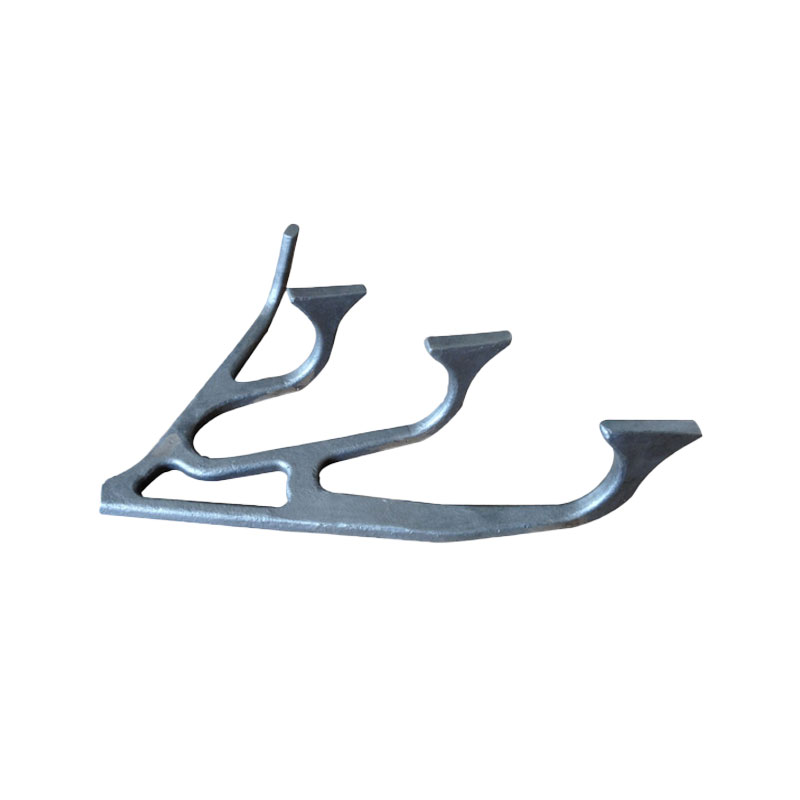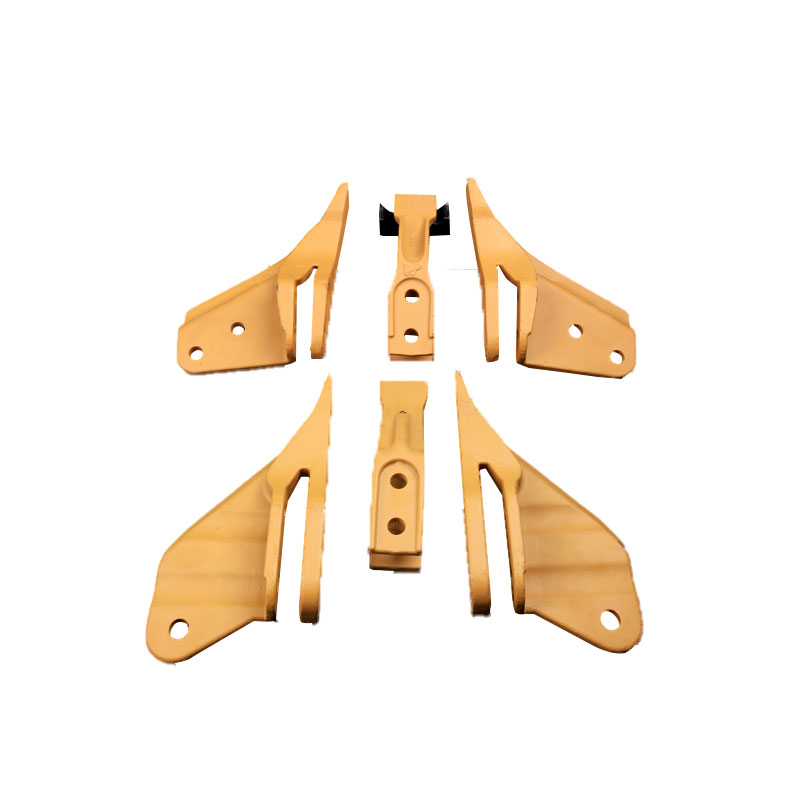Casting steel is an excellent material to use for compo […]
Casting steel is an excellent material to use for components that will be exposed to a lot of wear and tear. It is durable, abrasion-free, and does not deform easily by force. This type of metal is often used in the manufacturing of medical components, including parts for pumps, surgical tools, and monitors, as well as gearboxes for hospital beds.
The process of making castings involves pouring molten metal into mold cavities. This may occur through an open-hearth furnace, electric arc or side-blow converter method, or by an electric induction furnace.
After a crucible of molten metal is heated, it is transferred to a larger crucible or ladle, and poured into the mold cavity. The melted metal is poured slowly to ensure that all of the voids are filled.
During the process, heat treatment is sometimes applied to make the metal stronger. This non-destructive technique can be applied to work-hardened metal, but is the foundry's first choice for adjusting the mechanical properties of cast steel.
The tensile strengths of low and medium C cast steel, which contain less than or equal to 0.2 percent carbon, range from 65,000 to 105,000 pounds per square inch (448-724 MPa) depending upon the type of heat treatment applied. They also contain other elements, including manganese, 0.50 to 1.00 percent; silicon, 0.20 to 0.80 percent; phosphorus and sulfur, up to 0.05 percent each.
Fully annealed high-carbon steel castings exhibit tensile strengths of from 95,000 to 125,000 pounds per square inch (655-125 MPa). They also include alloys, which have been added in small amounts to increase strength and other desirable properties, such as corrosion resistance.




